
How to Choose the Perfect Water Saving Shower Head for Your Home
In recent years, the increasing awareness of water conservation has led to innovations in bathroom fixtures, particularly the Water Saving Shower Head. According to the American Water Works Association, residential showering accounts for nearly 17% of indoor water use, translating to approximately 1.2 trillion gallons of water annually in the United States alone. Incorporating a water-efficient shower head can drastically reduce this consumption; studies show that by switching to a Water Saving Shower Head, households can save up to 2,900 gallons of water each year, equating to substantial savings on water bills and energy costs for heating. With a plethora of options available on the market, choosing the perfect Water Saving Shower Head not only benefits the environment but also enhances your daily bathing experience. This guide will help you make an informed decision when selecting the ideal model for your home, ensuring both functionality and sustainability.
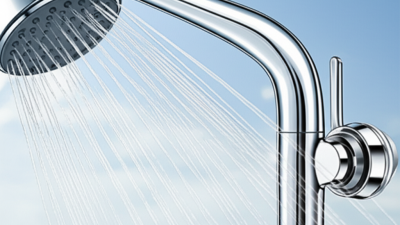
Understanding the Benefits of Water Saving Shower Heads
Water-saving shower heads offer numerous benefits beyond just conserving water. According to the U.S. Environmental Protection Agency (EPA), switching to a water-efficient showerhead can save a family up to 2,700 gallons of water annually, equating to roughly $70 saved on water bills each year. Additionally, these fixtures can significantly reduce energy costs associated with heating water, as less hot water is used during showers. As a result, opting for a water-saving model not only promotes environmental sustainability but also leads to substantial financial savings over time.
When selecting a water-saving shower head, consider models that have earned the WaterSense label, which indicates they meet strict efficiency criteria set by the EPA. These shower heads typically use no more than 2.0 gallons per minute (GPM), well below the standard flow rate of 2.5 GPM. Ensure to review user ratings and look for features such as adjustable spray patterns and easy installation.
Tip: One of the easiest ways to enhance your shower experience while being water-conscious is to install a flow restrictor. This low-cost addition can help ensure that even with reduced water use, your shower remains pleasurable and effective.
Key Features to Look for When Selecting a Shower Head
When selecting the perfect water-saving shower head for your home, several key features should be considered to ensure you make an informed choice. First, look for a model that meets the EPA WaterSense standards, which guarantees it uses no more than 2.0 gallons per minute while still providing a satisfying shower experience. This certification not only saves water but also reduces your utility bills over time.
Another important feature to consider is the shower head's spray pattern. Many modern shower heads offer adjustable spray settings, allowing you to switch between a gentle mist and a powerful massage, depending on your preference. This versatility can enhance your daily bathing experience while maintaining water conservation.
**Tip:** Always check for easy installation options. Many water-saving shower heads come with a DIY installation kit, making it simple to upgrade without professional help. Additionally, consider the material and finish of the shower head, as durable materials will withstand the test of time and maintain their appearance. By prioritizing these features, you can enjoy a luxurious shower while being eco-conscious.
How to Choose the Perfect Water Saving Shower Head for Your Home - Key Features to Look for When Selecting a Shower Head
| Feature | Description | Benefits |
|---|---|---|
| Water Flow Rate | The maximum amount of water that flows through the shower head, typically measured in gallons per minute (GPM). | Lower flow rates can save water and reduce your water bill. |
| Spray Settings | Different modes such as massage, rainfall, mist, or different spray patterns. | Provides flexibility and enhances shower experience. |
| Material | The materials used to construct the shower head, such as plastic, chrome, or stainless steel. | Durability and resistance to corrosion and rust. |
| Ease of Installation | How easily the shower head can be installed without professional help. | Saves installation costs and time. |
| Certification | Look for EPA WaterSense or similar certifications. | Ensures water efficiency and reduced environmental impact. |
Comparing Flow Rates: Finding the Right Balance Between Pressure and Savings
When choosing a water-saving shower head for your home, one of the most critical factors to consider is the flow rate. Balancing pressure and water savings is essential to ensure a satisfying shower experience while being mindful of water conservation. Traditional shower heads often operate at 2.5 gallons per minute (GPM), but modern water-saving models can offer similar performance at lower rates, typically between 1.5 to 2.0 GPM. This reduction can lead to substantial water savings without sacrificing the vigorous spray that many individuals prefer.
However, it's important to evaluate how the flow rate affects water pressure. A well-designed water-saving shower head can maintain high pressure even at lower flow rates. Technologies that optimize water distribution help provide a comfortable and effective rinse, making it easier to enjoy showers while contributing to sustainability efforts. By comparing various models and understanding their specifications, homeowners can find the perfect balance that meets their needs for both comfort and conservation.
Water Saving Shower Head Flow Rates
This chart compares the flow rates (measured in gallons per minute) of different shower heads to help you find the perfect balance between water pressure and savings. The goal is to select a shower head that minimizes water usage without sacrificing performance.
Material and Design Considerations for Durability and Aesthetics
When selecting a water-saving shower head, material and design choices are critical for both durability and aesthetics. Most shower heads are made from materials like plastic, brass, or stainless steel. Plastic models, while lightweight and affordable, may not offer the longevity or premium feel of metal options. According to a study by the American Society of Plumbing Engineers, brass and stainless steel fixtures tend to last longer, with a lifespan of up to 20 years, compared to 5-10 years for lower-end plastic alternatives. Investing in higher-quality materials can lead to long-term savings and minimized waste.
Design also plays a significant role in user experience and enhancing the overall look of your bathroom. Modern water-saving shower heads often feature sleek lines and various finishes, such as chrome or matte black, allowing them to blend seamlessly with contemporary decor. A report from the National Association of Home Builders indicates that stylish shower fixtures can add value to a home, with well-designed bathrooms yielding a 60-80% return on investment. Choosing a shower head that balances functionality with visual appeal can elevate your bathing experience while adhering to water conservation efforts.
Installation Tips for Upgrading to a Water Saving Shower Head
Upgrading to a water-saving shower head is not only a great way to conserve water but also an opportunity to refresh your bathroom. Before you begin the installation process, ensure you have the right tools, such as an adjustable wrench, plumber's tape, and a cloth to protect your fittings.
First, turn off the water supply to the shower to avoid any spills. Then, remove the existing shower head by turning it counterclockwise, while using the cloth to grip it and prevent scratching.
Once the old unit is detached, clean the threads on the shower arm to remove any debris or old tape. This prep work is crucial for a secure fit. Apply new plumber's tape to the threads, wrapping it clockwise.
Next, take your new water-saving shower head and screw it onto the arm, turning it clockwise until firmly tightened. Avoid over-tightening, as this can damage the fittings. Finally, turn the water supply back on and check for leaks. If everything is sealed correctly, enjoy your new eco-friendly shower experience!
Related Posts
-
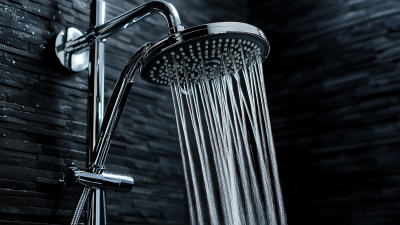
7 Compelling Reasons Why the Best Shower Head Combo Enhances Your Daily Shower Experience
-
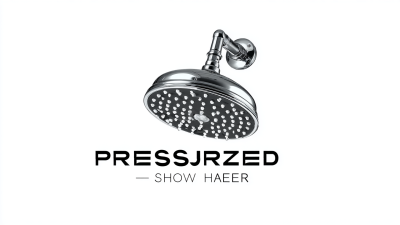
Ultimate Guide to Finding Top Suppliers for the Best Pressurized Shower Heads Worldwide
-
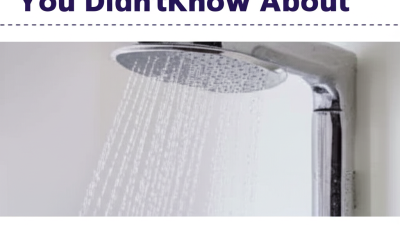
30 Incredible Benefits of the Best Over Head Shower You Didn't Know About
-
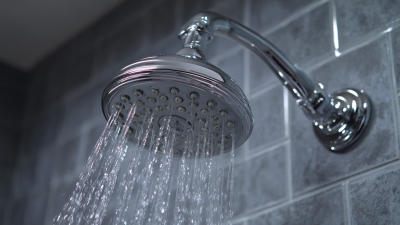
Top Strategies for Choosing the Best Shower Head Combo for Your Bathroom
-

Exploring Unique Alternatives to Traditional LED Shower Heads for a Spa-Like Experience
-
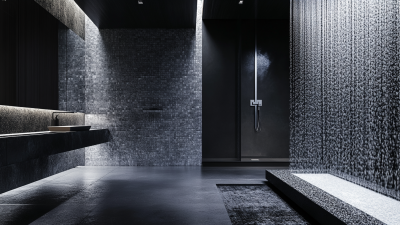
Exploring the Key Differences: Ultimate Guide to Choosing the Best Abs Shower Solutions



